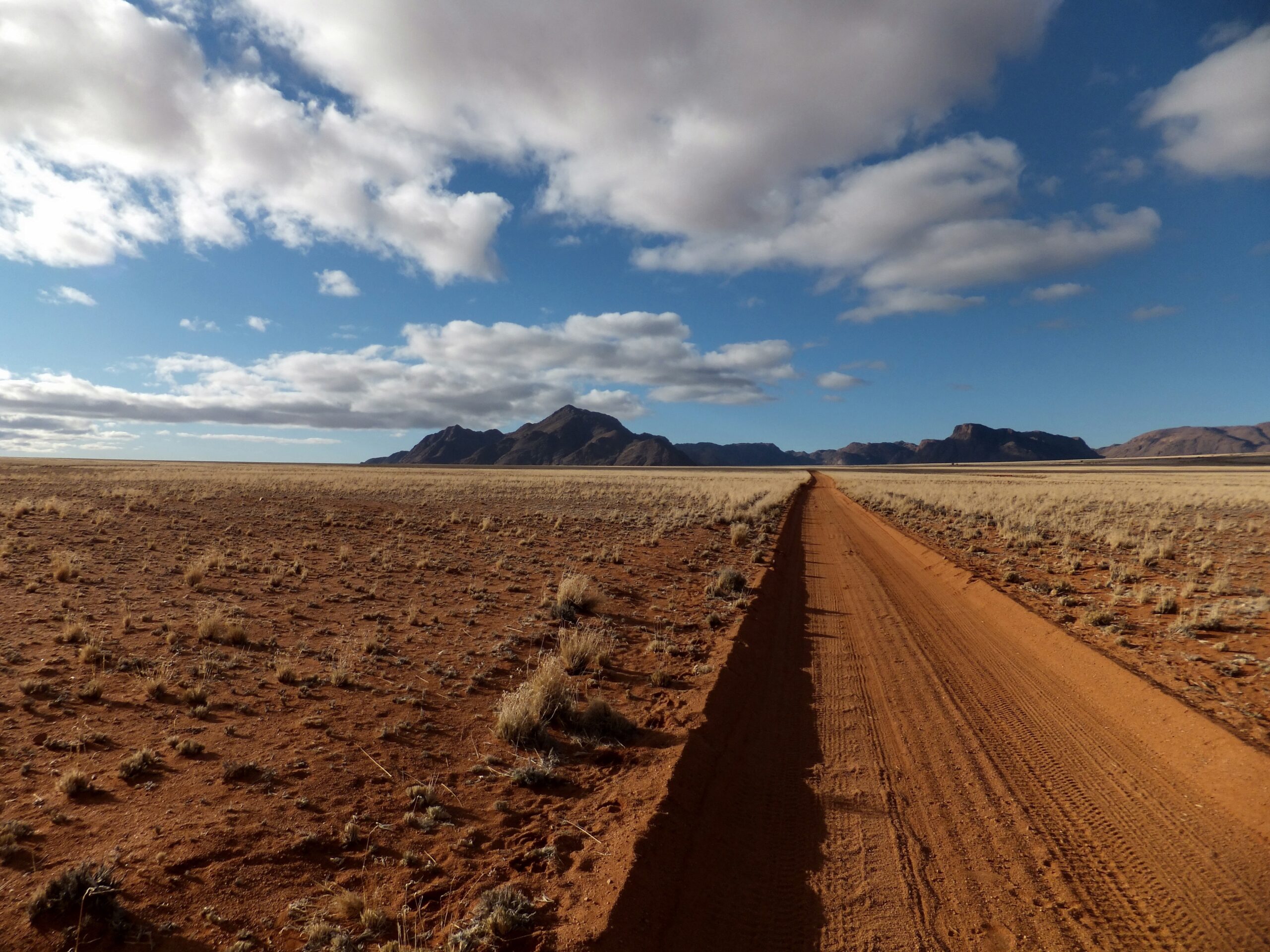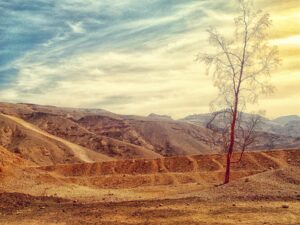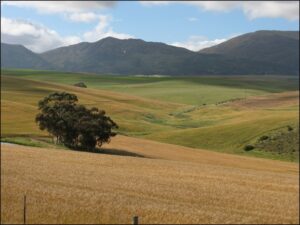In the previous two parts of this series, we had a look at the impact humans have had on the environment during the past 100 years and how they have lost the spirit of a land ethic, which can be re-instilled to empower land managers to do the right thing to care for the land.
In this issue, Ken Coetzee of Conservation Management Services explains the difference between revegetation, rehabilitation, and restoration. He defines the meaning of each concept and provides valuable insights into the approach of earlier restoration and rehabilitation practitioners.
‘Ecological restoration’ is a relatively young discipline and restorationists today are active in ecosystems as divergent as coral reefs and tropical forests. However, Ken believes the restoration of the American Midwest prairies played a leading role in the development of the “art of restoration” about half a century ago. In the previous chapters, we referred to the writing of Aldo Leopold in his book A sand county almanac from which Ken takes his inspiration.
The terms are often incorrectly used interchangeably to describe the same process. Here are Ken’s definitions:
Revegetation involves the establishment of only one or a few plant species to cover the ground with a protective and pretty vegetation cover. There is no attempt to recreate a previous state, and the results are achieved quickly.
Rehabilitation involves the repair of ecosystem processes, productivity, and services to return some of the functions of the ecosystem before it was disturbed. The historical or pre-existing ecosystem is used as a reference, and the desired results take much longer to achieve.
Restoration involves the repair of ecosystem processes to re-establish the original structure and function and the pre-existing biotic species composition and community structure. It requires a great deal more post-rehabilitation and after-care, and it takes much longer to achieve the state before it was disturbed.
“Rehabilitation, therefore, is probably a better description of most of the work that is usually, but erroneously described as restoration,” says Ken.

Lessons learned
One can learn from the experiences of early restoration and rehabilitation practitioners. Here are the lessons they have learned:
Reversible or irreversible changes
Human activities have changed the landscape, and there is a difference between changes that are reversible and those that are irreversible. It is important to try to repair changes that can be changed, rather than attempt the near impossible.
Ken advocates a practical, hands-on approach, which can be achieved, at a relatively low cost, by small groups or individuals with a commitment to landscape restoration. “These actions must be directed towards landscape improvement projects in which human changes are reversible.”
Understanding human impact
Humans influence the environment, and at the same time, the ecosystem needs to be rehabilitated. How these interact must be kept in mind when planning to rehabilitate the land. If not, even the most carefully made plans and lots of time, effort and money will be wasted.
Nature’s resilience
Nature is amazingly resilient and very forgiving. When time and effort are invested, all except the most severely degraded land can be reversed, or at least much improved.
Humans and nature
Mankind and nature must be viewed together. Ecological restoration of the changes caused by man should always be viewed as an artificial recreation of the natural ecosystem, and not as an artificial ecosystem. The ecological integrity of the work will contribute to the naturalness of the landscape, and rehabilitation should therefore be regarded as an essential nature conservation action.
Tiring, but rewarding
Although rehabilitation and restoration work is always tiring and seemingly without end, the results are always satisfying. That is why people volunteer and get involved all over the world, instead of just donating money to nature conservation projects.
The needs of humans, such as cultivating large volumes of wheat in monoculture fields, such as these wheat croplands, cannot be viewed apart from nature. Man’s use of the landscape must be regarded as a part of the biosphere and will have to be managed as such.
Innovative experimentation
The approach to restoration and rehabilitation work, whether based on innovative experimentation or a scientific approach, should always use the best available information.
Natural landscapes must never be allowed to deteriorate further while practitioners wait for scientifically generated guidelines. Innovative experimentation, based on previous experience, is the only practical course of action to take to prevent the loss of biodiversity. Practical knowledge derived from unrelenting trial and error has a huge role to play in the success of landscape restoration activities.
Communication
If you know about a restoration and rehabilitation practitioner who did a good job, you must tell others about it. This knowledge must be shared with anybody who might need it if we want landscape restoration to become a new way of looking at natural resources.
Persons with this valuable experience should share it with others because practical experience is lost if it is not shared. We simply cannot afford to lose this kind of knowledge while forests decline, rangelands become deserts, and alien plants creep closer to the remaining natural wildlands.
Community effort
Landscape rehabilitation should be a community effort. When rural communities are trained and participate, rehabilitation will be successful.
If possible, the community members should be encouraged and hopefully employed to do the physical rehabilitation work. The traditional knowledge within rural communities should not be ignored, for by making use of familiar methods, products, and social systems a great deal can be achieved.
Dedication
Landscape rehabilitation and restoration need a long-term commitment and dedication to the task. This, and hard work, is the basis of an ethical relationship with the land.
“The rehabilitation of degraded land is therefore not for the faint-hearted, but rather for those who have the courage to take on and combat man’s greatest folly – the destruction of his own home!”
Contact details:
Conservation Management Services
Ken Coetzee: (+27) 76-227-5056 or consken@mweb.co.za
Wallie Stroebel: (+27) 82-493-1441











